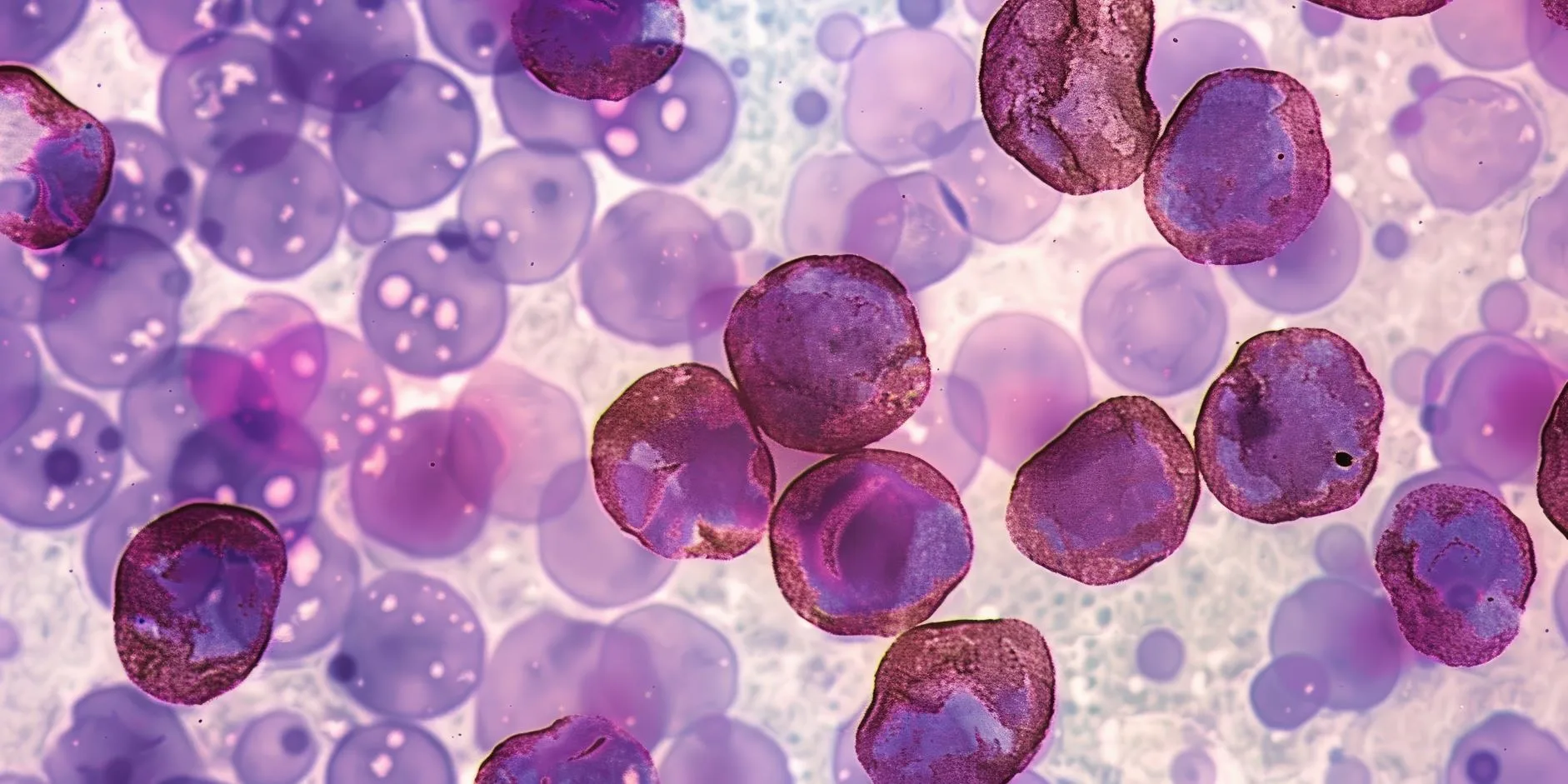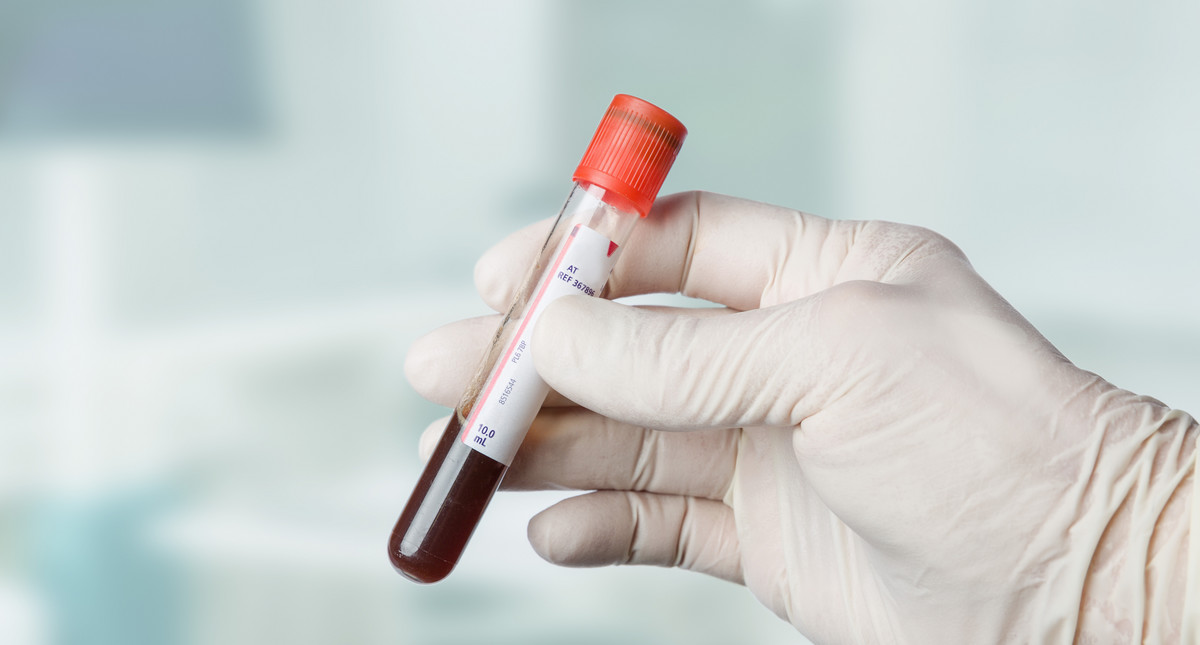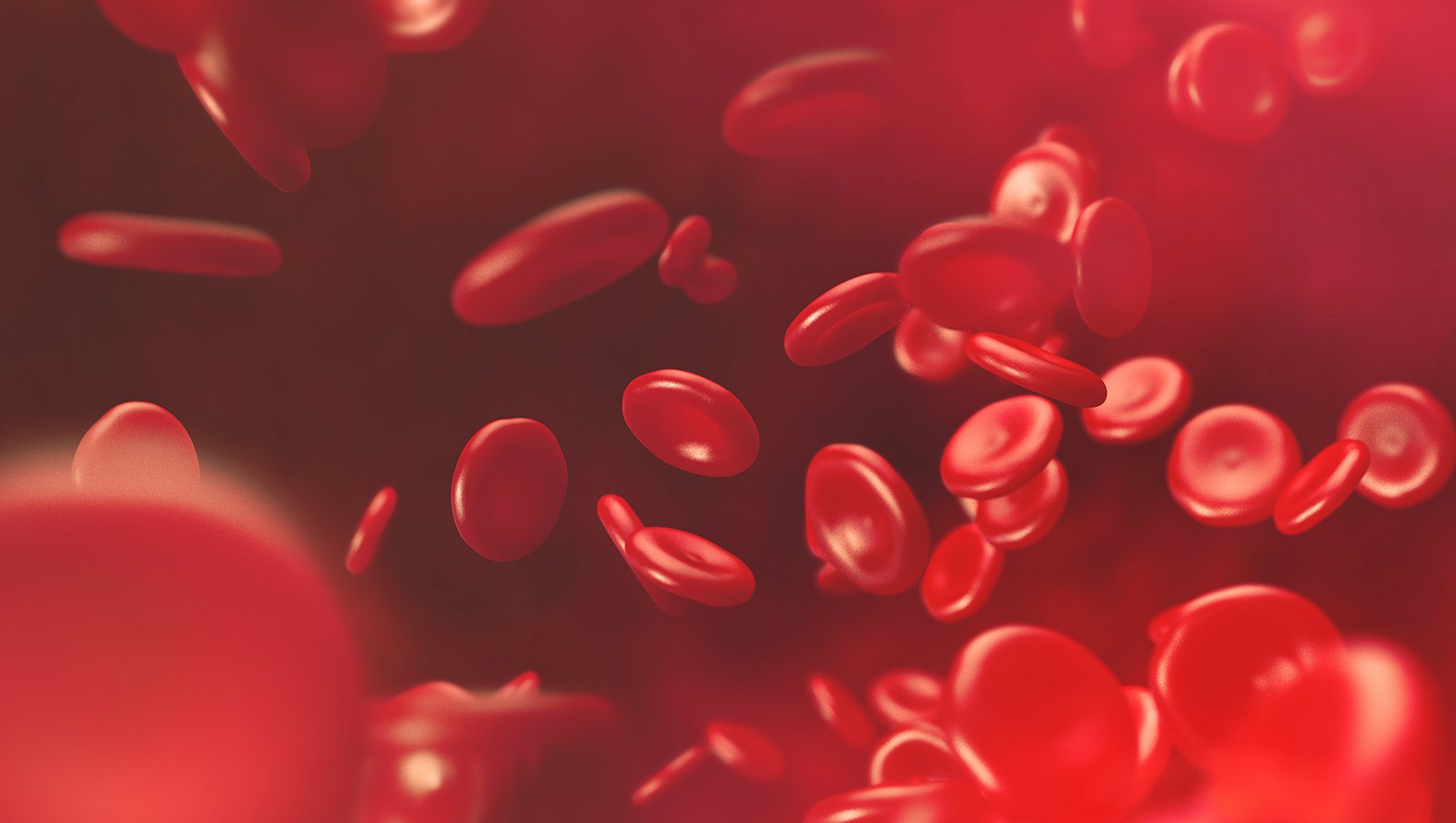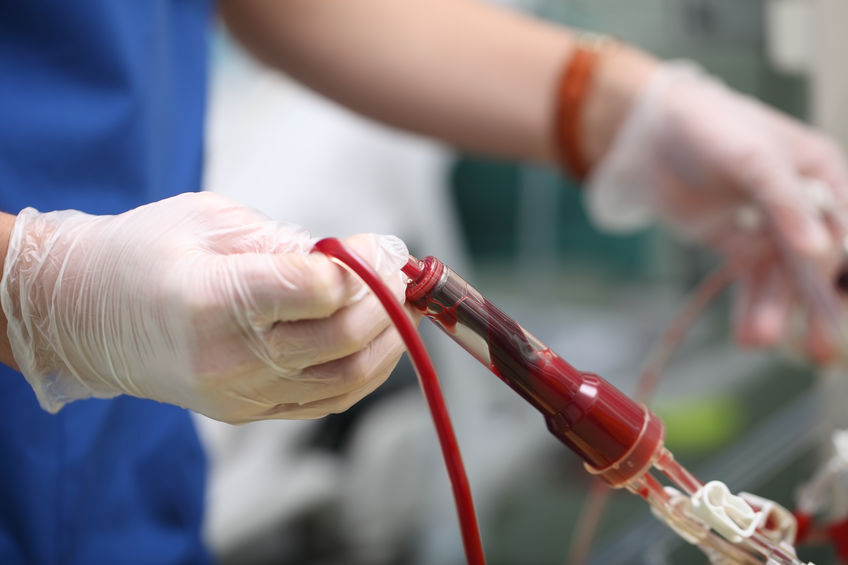Calls for Ukraine
Calls for Europe
Calls for USA

Thrombocytopenia is a condition characterized by low platelet count in the blood, which can lead to an increased risk of uncontrolled bleeding. According to statistics, thrombocytopenia is observed with a frequency of 10 to 130 cases per 1000 blood tests. Thrombocytopenia symptoms vary from bruising and petechiae to more serious complications such as internal bleeding.
Effective treatment of thrombocytopenia requires an individual approach. Patients require consultations with experienced hematologists and specialized medical procedures. The MedTour company has been successfully operating in the field of medical tourism for many years. Our medical coordinators will select the best clinic and qualified doctors for effective treatment of thrombocytopenia.
Thrombocytes, or platelets in blood, are non-nucleated cells that help maintain proper hemostasis in the bloodstream, meaning they are responsible for blood clotting. One of the most common platelet abnormalities is a low platelet count in blood.
Thrombocytopenia is a condition in which the level of platelets in blood falls below 150,000/µL. Low platelet count may be associated with blood diseases such as hemoblastoses, myelodysplastic syndromes, aplastic anemia, or idiopathic thrombocytopenic purpura. This disorder can also be caused by other diseases or side effects of medications.
It is important to note that approximately 2.5% of the population may have a platelet count below 150,000/µL without indicating any disease. Thrombocytopenia is also diagnosed in approximately 5% of pregnant women.
Thrombocytopenia is most common in adults. The disease occurs with a frequency of 3–3.5/100,000 people per year. The average age of onset of the disease is in the 5th decade of life. Among patients aged 30–60 years, the condition is more common in women, while in individuals over 60 years, the incidence is the same for both sexes.
Timely diagnosis of thrombocytopenia is very important. It helps to identify thrombocytopenia causes and select the correct treatment. A lack of platelets in blood leads to bleeding and increases the risk of severe complications. This issue is particularly relevant because it affects a person’s quality of life and can be dangerous to health if it is not detected and treated in time.

The disease is often caused by insufficient production of platelets by the bone marrow. This may occur due to congenital disorders (usually manifested in childhood) or be acquired. The most common acquired thrombocytopenia causes include:
Thrombocytopenia can also develop due to the excessively rapid removal of platelets from circulation caused by immune system dysfunction. This occurs when the body starts recognizing healthy blood cells as foreign. Immune thrombocytopenia can develop:
Non-immune causes of thrombocytopenia include:
A decrease in platelet count can also be associated with spleen dysfunction (hypersplenism).

According to the mechanism of development, thrombocytopenia can be divided into three main groups.
Productive thrombocytopenia (associated with a decrease in platelet production in the bone marrow).
This type of thrombocytopenia develops when the bone marrow is unable to produce a normal platelet count. This condition occurs in cases of aplastic anemia, exposure to chemical substances or radiation, replacement of bone marrow tissue by a tumor, vitamin B12 and folic acid deficiency, congenital disorders, acute leukemia, and other blood diseases.
Thrombocytopenia associated with platelet destruction
There are four forms of thrombocytopenia related to platelet destruction:
Thrombocytopenia due to platelet distribution disorder
In this case, platelets accumulate in an enlarged spleen. This condition occurs with liver cirrhosis with portal hypertension, sarcoidosis, and other diseases accompanied with spleen enlargement.

The most typical symptoms of the disease include:
Thrombocytopenia symptoms requiring Immediate Medical Attention
Although rare, severe complications include:

The diagnosis is based on a decrease in the number of platelets in blood. The column on the test form labeled “normal platelet count” typically shows a value of 150,000 to 400,000 cells per microliter of blood.
As part of further diagnostics, extended blood tests (including tests for antibodies) are performed to determine thrombocytopenia causes and identify possible complications.
In most cases, a bone marrow puncture is additionally performed. This examination can accurately assess the process of hematopoiesis (blood cell production) and determine:
The diagnosis also takes into account the presence of specific symptoms. However, it is important to note that clinical signs of increased bleeding usually appear when the platelet count falls below 50,000/µL.
The critical threshold for the occurrence of dangerous, spontaneous bleeding is considered to be a value below 10,000 – 20,000 / μl.
If high platelet count is present in blood, it may be a sign of inflammation, infection, anemia, cancer, or a reaction to surgery or injury. Sometimes thrombocytosis is associated with a disorder of the bone marrow.

The choice of therapeutic tactics depends on the underlying cause of the low platelet count. The goal of treatment is not to restore normal platelet count in the blood, but to prevent massive bleeding. It is estimated that a level of 30,000 – 50,000/μl is sufficient for the effective functioning of the coagulation system.
Therapeutic Approaches for low platelet count
Some patients may require spleen removal (splenectomy). Bone marrow transplantation may be required to treat congenital thrombocytopenia in children.
A decrease in platelets in blood can lead to a number of serious complications, the most dangerous of which include:
Thrombocytopenia in cancer patients
Some people mistakenly believe that thrombocytopenia is cancer, but it is actually a blood disorder that is not malignant. However, low platelet count is a common complication of cancer due to the negative impact of chemotherapy and radiation therapy on bone marrow function in general and platelet production. Currently, specialized clinics offer modern methods of treating thrombocytopenia caused by the use of antitumor drugs and therapies. The main advantage of these treatments is the ability to stabilize the patient’s condition and continue full-scale cancer treatment.
Methods of thrombocytopenia prevention:
To maintain normal platelet count in the blood, doctors recommend:
In addition, it is important to remember that early detection and effective treatment can help prevent complications and severe consequences of thrombocytopenia.
If you or someone close to you is facing thrombocytopenia, please write or call us. An experienced MedTour coordinating physician will answer all your questions, arrange a consultation with a qualified hematologist, and help you choose the best clinic for treatment.
Please rate the work of MedTour
